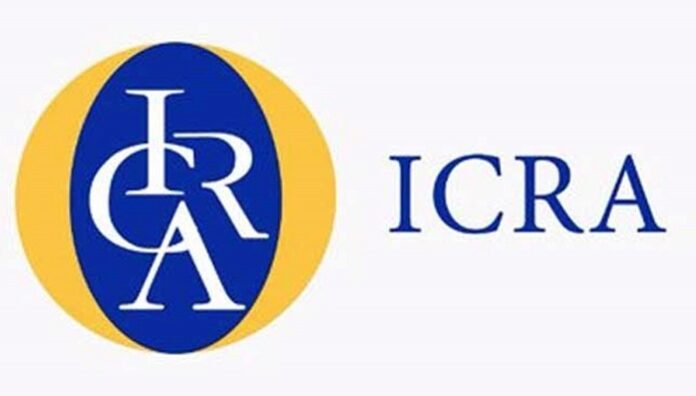Healthcare
“At Rs. 74,602 crore, the budgetary allocation for healthcare in FY2022 dropped by 9.8%, if compared to the Revised Estimates for FY2021. The funds earmaked for healthcare, as a percentage of GDP and beds per 10,000 population, continues to be lower for India against most developing nations. Given the ongoing pandemic, ICRA expects a sizeable increase in grants to the sector in the forthcoming budget. Higher allocation is also necessitated to enable the Government achieve its target spend of 2.5% of GDP on healthcare by 2025, from the current sub 1.5% levels.
With resurgence in Omicron cases, ICRA expects partial cost towards children’s vaccination and booster shots for the adult population to be a part of the upcoming budgetary allotment towards the sector.
To boost investments in the sector, tax incentives for private sector investments in modernising medical facilities and developing greenfield hospitals will be a welcome step. Further, considering the low doctors to people and nurses to people ratio (aggregate density of health workers is 23 per 10,000 population, which is significantly lower than that recommended by WHO), increased allocation towards training medical personnel, in addition to improving infrastructure in tier-2 and tier-3 cities, would be a favourable move.”
Pharma
“More than 65% of the Active Pharmaceutical Ingredient (API)/ Key Starting Material (KSM) required by pharma companies are imported from China. Recent events, such as the Covid-19 pandemic leading to supply chain disruptions coupled with geo-political issues, have brought into focus the risk of such high import dependence. Last year, the GoI had announced a production-linked incentive (PLI) scheme of Rs. 150 billion for API manufacturers, covering around 53 APIs, which are critical in terms of import dependence on China. Similar incentives for other import dependent APIs will boost local manufacturing and reduce dependence on import.
Medicines are taxed under four categories—nl, 5%, 12% and 18%. Certain life-saving medicines are taxed at a nil rate, while the rest are taxed at 5.0%. Most medicines fall under the 12.0% GST slab. Last year, the GoI had reducted the GST rate on various Covid-19 treatment medicines and also brought down the GST rate for certain cancer treatment medicines and exempted certain other life-saving medicines. Similar incremental changes will increase affordability and higher consumption of such drugs leading to higher demand.
Being research-intensive, the pharma sector incurs significant amount on R&D. Providing fiscal (higher tax deductions) and non-fiscal incentives for R&D expenses will support higher investments in developing new drugs. Investments in novel and specialty drugs are subject to higher risk of failure leading to risk averseness. Higher tax incentives for R&D spends will incentivise Indian players to spend more, thereby providing impetus to newer research initiatives.”
























